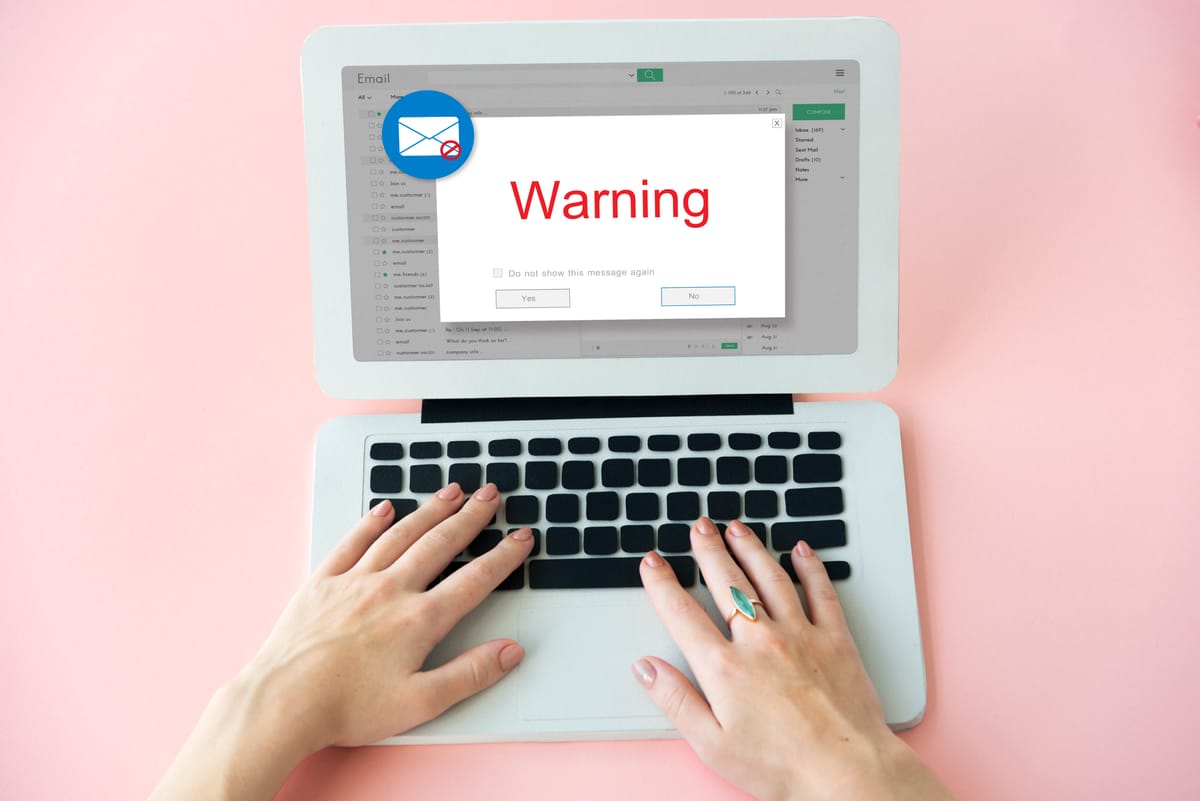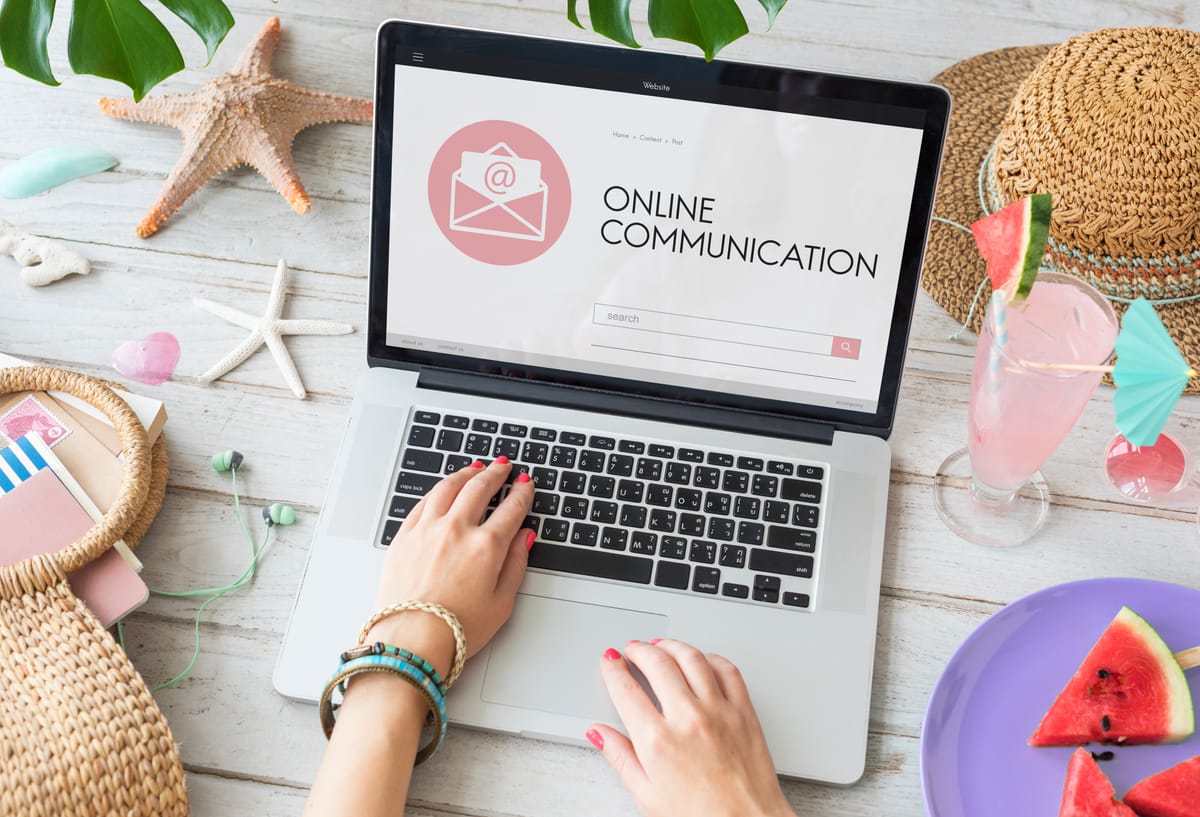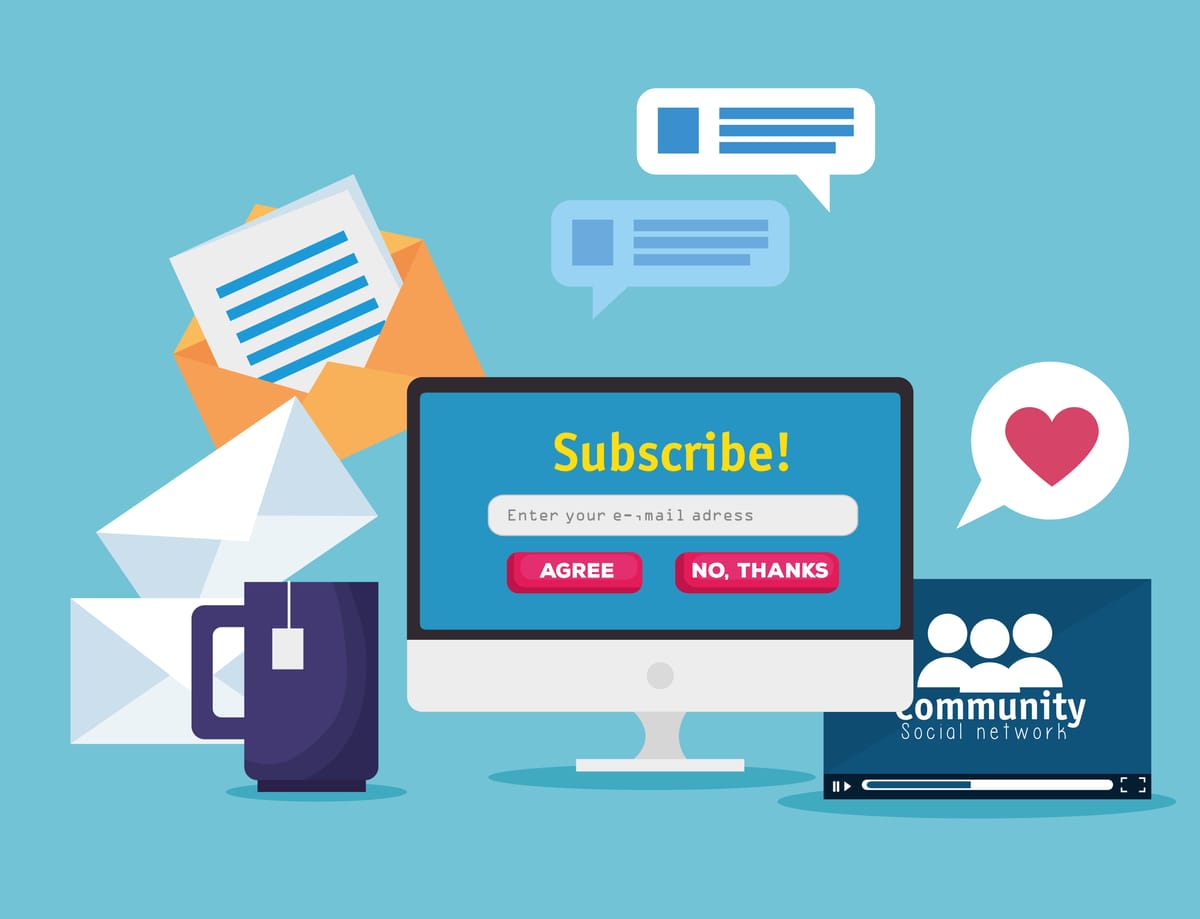How to Create a Newsletter Strategy in 8 Simple Steps (Beginner’s Guide)

What is a Newsletter Content Strategy?

A newsletter content strategy is a structured plan that helps you create, distribute, and optimize your email newsletters to achieve specific goals. It ensures that your content is relevant, engaging, and aligned with your audience’s interests. Without a solid strategy, your newsletters might feel inconsistent, fail to engage readers, or worse—get ignored entirely.
A newsletter isn’t just an email; it’s a powerful tool to build relationships, establish authority, and grow your business. Whether you’re promoting a product, sharing industry insights, or nurturing leads, a content strategy ensures your emails work with a purpose.
Think of it as a blueprint for your email marketing. It ensures that every email serves a purpose, speaks to the right audience, and helps grow your business or personal brand.
Why Do You Need a Newsletter Strategy?

Without a strategy, newsletters can feel inconsistent, unorganized, and ineffective. Here’s why a strong newsletter strategy is essential:
- Builds Consistency – No more last-minute email rushes! A plan ensures you always have valuable content ready to go.
- Boosts Engagement: A well-planned newsletter keeps readers interested and encourages them to open and interact with your emails.
- Increases Conversions: Whether your goal is sales, sign-ups, or website visits, a strong strategy helps drive actions.
- Builds Trust & Authority: When you deliver relevant content regularly, your audience sees you as a credible source.
- Reduces Unsubscribes – If your emails are relevant and valuable, people are less likely to opt out.
Now, let’s get into the 8 simple steps to create a powerful newsletter strategy!
Step 1: Define Your Newsletter’s Purpose

Before anything else, ask yourself: Why am I sending this newsletter? Are you trying to sell a product, educate your audience, or build relationships? A newsletter without a goal is like a road trip without a destination—you’ll just end up lost. Some of the goals examples:
- Do you want to increase sales?
- Do you want to build a community around your brand?
- Do you want to establish thought leadership?
- Do you want to drive traffic to your website?
👉 How to Do It
- Write down your main goal (e.g., “I want to educate my audience on email marketing”).
- Choose a secondary goal (e.g., “I want to increase my product sales”).
- Keep your purpose in mind for every email you send.
Your goal will shape your content, frequency, and style. For example, if you want to sell your products, you might focus on promotions and customer stories. If you’re a coach, you might share educational content and personal insights. Clarifying your goal helps you create newsletters that serve a purpose.
Step 2: Identify Your Target Audience

Who is your ideal subscriber? Not every reader wants the same thing. Understanding your audience is key to creating content that resonates.
- Who are they? (Business owners, hobbyists, marketers?)
- What challenges do they face?
- What kind of content excites them?
👉 How to Do It:
- Think about your current customers/readers.
- Identify their pain points (What do they struggle with?)
- Use surveys or social media to gather feedback on what they want from your emails.
If you already have an email list, segment it based on interests, behaviors, or demographics. That way, you can send personalized emails that get higher open and click-through rates.
For example, if you’re a fitness coach, your audience might be busy professionals who want quick, effective workouts. Your newsletter should focus on time-saving fitness tips rather than general health advice.
Step 3: Choose the Right Newsletter Format

Your newsletter format depends on your brand and audience. Some newsletters focus on education, while others highlight products or industry news.
Some popular Newsletter Formats
- Educational Newsletters – Tips, insights, and how-to guides.
- Curated Content – A roundup of industry news, tools, or resources.
- Promotional Emails – Product launches, sales, or discounts.
- Behind-the-Scenes – A personal touch, like team updates or business growth stories.
Your newsletter format should match your audience’s preferences and your brand’s style. For instance, a marketing consultant might send a weekly curated newsletter with the latest social media trends.
Choosing a consistent format makes your newsletter predictable and valuable readers will know exactly what to expect.
Step 4: Plan Your Sending Frequency

How often should you send newsletters? The key is to stay consistent without overwhelming your audience. A content calendar helps you stay organized and avoid last-minute panic. Some of the factors to decide before you create a newsletter:
- How often will you send newsletters? (Weekly, bi-weekly, monthly?)
- What topics will you cover?
- What are the key dates/events to highlight?
👉 How to Do It:
- Start with 1-2 emails per month and adjust based on engagement.
- Set a clear schedule (e.g., every Tuesday at 10 AM).
- Monitor your open and unsubscribe rates to find the right balance.
A well-planned schedule keeps your content fresh and engaging while preventing burnout. No more scrambling for ideas at the last minute!
For example, a travel blogger might send a biweekly newsletter with travel guides, while a tech brand might send a weekly product update. If you’re an eCommerce brand, your calendar might include seasonal promotions, product launches, and holiday sales.
Additional readings for how to have the perfect newsletter frequency:
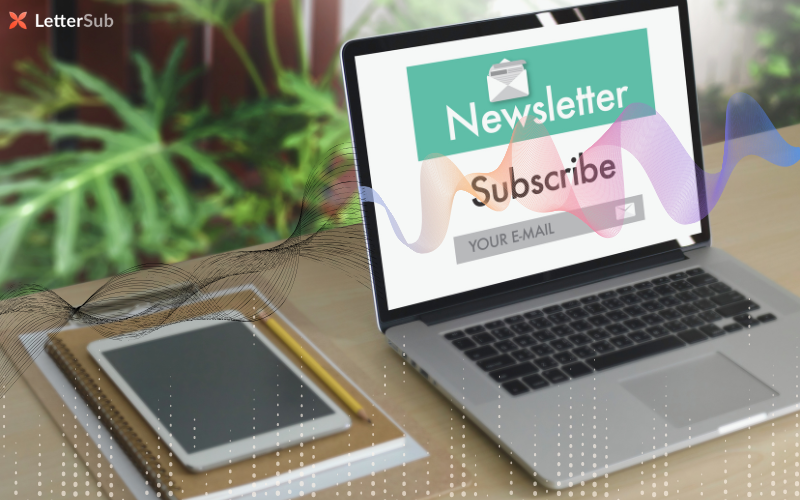
Step 5: Write Compelling Subject Lines

Your subject line is the first thing people see, and it determines whether they open your email or ignore it. If it doesn’t grab their attention, they won’t open your email.
Tips for better subject lines:
- Use curiosity (“You’re making this email mistake…”)
- Add numbers (“5 quick tips to boost your productivity”)
- Create urgency (“Last chance to grab this deal!”)
- Personalize (“Hey Sarah, this is for you!”)
👉 How to Do It:
- Keep it short and clear (under 50 characters).
- Use curiosity, urgency, or personalization.
- A/B test different subject lines to see what works best.
For instance, instead of “New Blog Post,” try “5 Marketing Hacks You Need to Know.” Instead of “Our Latest Blog Post,” try "3 Game-Changing Newsletter Tips You Can Use Today!” This title might bring more curiosity to your audience.
Want more subject line tips? Check out our full guide on writing catchy email headlines!
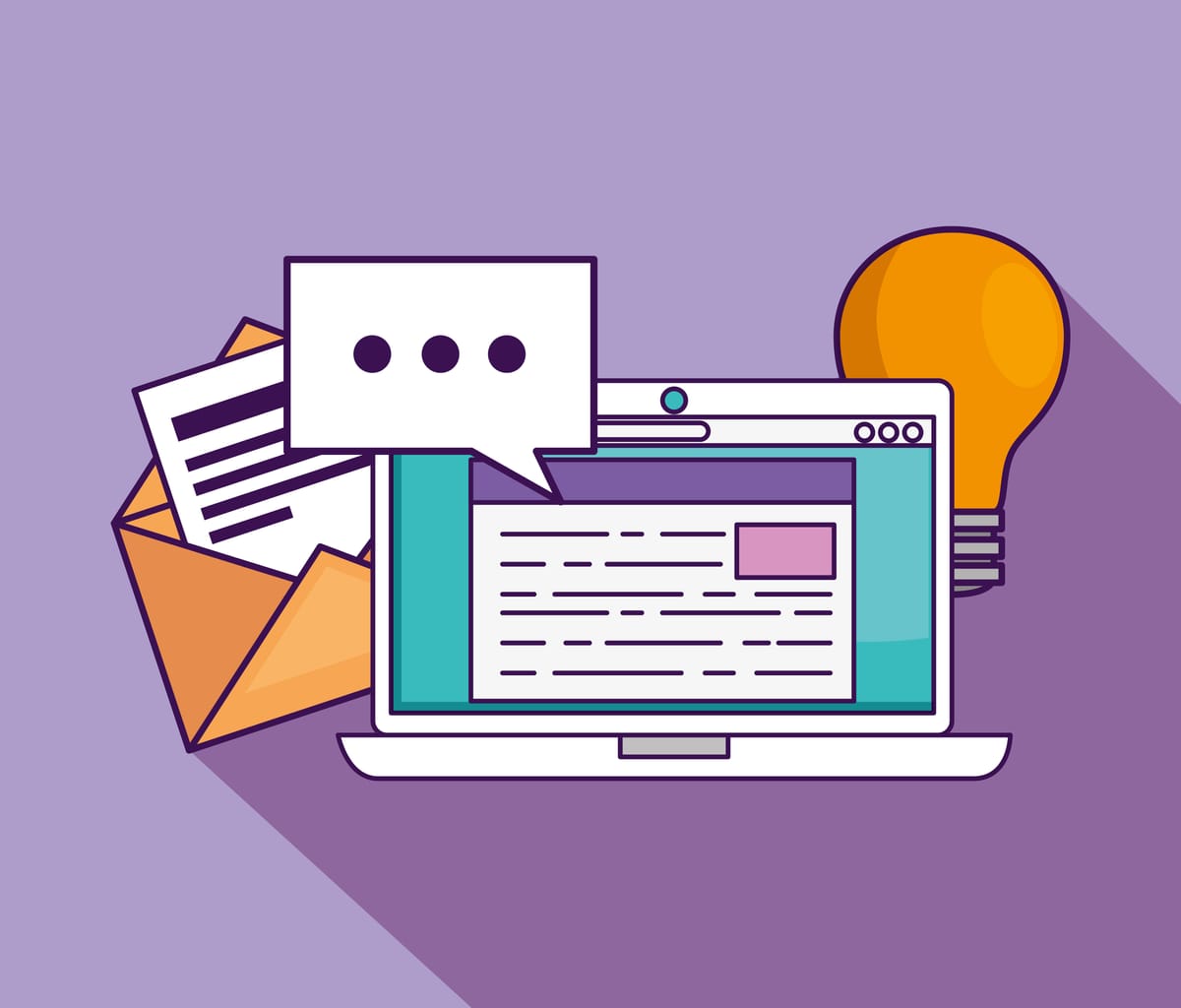
Step 6: Craft Engaging & Valuable Content

Your content should be useful, engaging, and relevant. If readers don’t find value, they’ll lost interest and unsubscribe your newsletter.
How to make your content better
- Keep paragraphs short and easy to scan.
- Use bold text, bullet points, and images to break up content.
- Add a clear CTA (Call to Action)—what do you want them to do next?
- Keep a conversational tone—write like you’re talking to a friend.
For example, a productivity coach might share 3 quick tips for better time management instead of a long article. Instead of a long, text-heavy email, use short sections with headings, a quick tip, and a button leading to your website.
Step 7: Optimize for Mobile & Accessibility

More than 50% of emails are opened on mobile devices. If your email isn’t mobile-friendly, people won’t read it. Therefore, make sure that your newsletter is accessible to mobile viewers.
How to optimize:
- Use a responsive email template that adapts to all screen sizes.
- Keep subject lines short (40-50 characters).
- Use large fonts and clear CTA buttons.
- Avoid tiny links—make buttons easy to tap!
For instance, a real estate agent sending a newsletter should ensure that images of homes load properly and that call-to-action buttons are easy to tap on mobile.
Step 8: Track & Improve Your Newsletter Performance

Your first few newsletters won’t be perfect—and that’s okay! The key is to analyze your open rates, click-through rates, and engagement to improve over time.
Key metrics to monitor
- Open rate – Are people opening your emails?
- Click-through rate – Are they clicking on your links?
- Unsubscribe rate – Are people leaving your list?
👉 How to Do It
- Use email marketing tools (like Mailchimp or ConvertKit) to track performance.
- Experiment with different formats, subject lines, and sending times.
- Pay attention to what content gets the most clicks.
Use A/B testing to experiment with subject lines, content, and send times. Small tweaks can lead to BIG improvements!
For example, if your audience loves “Behind-the-Scenes” content, focus on sharing exclusive updates and personal stories. If your open rates are low, try using more engaging subject lines or sending emails at a different time.
Final Thoughts: Build a Winning Newsletter with Strategy!
Creating a newsletter strategy isn’t just about sending emails—it’s about building relationships, providing value, and growing your audience. A strong newsletter strategy helps you stay consistent, connect with your audience, and grow your brand. By following these eight simple steps, you’ll create a newsletter that keeps subscribers engaged and drives real results.
Want to reach more people with your newsletter? LetterSub can help amplify your emails and expand your audience. Start boosting your newsletter today!
Additional readings for building your perfect newsletter:
